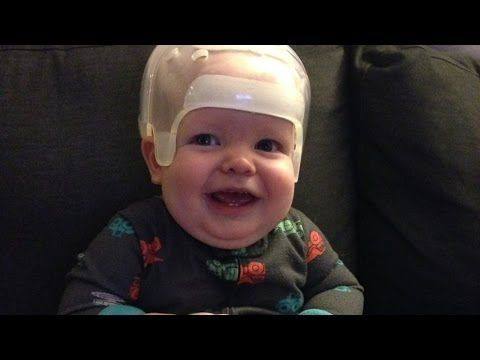What Is Craniosynostosis? Doctor Finds Baby's Misshapen Head Is Actually Something Much More Dangerous

When Matthew Boler was born, his parents knew that his misshapen head looked a little unusual, but thought it was nothing to write home about. That was until Matthew’s 2-month checkup, when his pediatrician was unable to find the “soft spot” on his head. The family was told to contact neurosurgeons at Texas Children’s Hospital, who discovered Matthew was suffering from a rare birth defect known as craniosynostosis.
“His brain was growing underneath but the skull doesn’t allow for it because of the way it’s fused,” Dr. Sandi Lam, director of Craniofacial Surgery Program at Texas Children's Hospital told ABC News. “There’s no medicine that will unfuse the bone. The treatment is surgery, and basically we have to cut out the bad bone.”
According to Boston Children’s Hospital, plagiocephaly, also known as deformational plagiocephaly or positional plagiocephaly, refers to a misshapen or asymmetrical head shape. Plagiocephaly, which is different from craniosynostosis, occurs when the soft part of an infant’s skull is flattened due to repeated pressure applied to this area of the head. This tends to occur either in the mother’s womb or after delivery.
Craniosynostosis, on the other hand, is a birth defect that causes the skull to fuse to the back of the head. Infants with craniosynostosis often require surgery to separate infused bones. The “soft spot” Matthew’s pediatrician was referring to, also known as a fontanelle, allows an infant to pass through the mother’s birth canal by moulding their head, or temporarily making it smaller. These “soft spots” will eventually close when the baby’s head bones meet and fuse.
Published by Medicaldaily.com



























